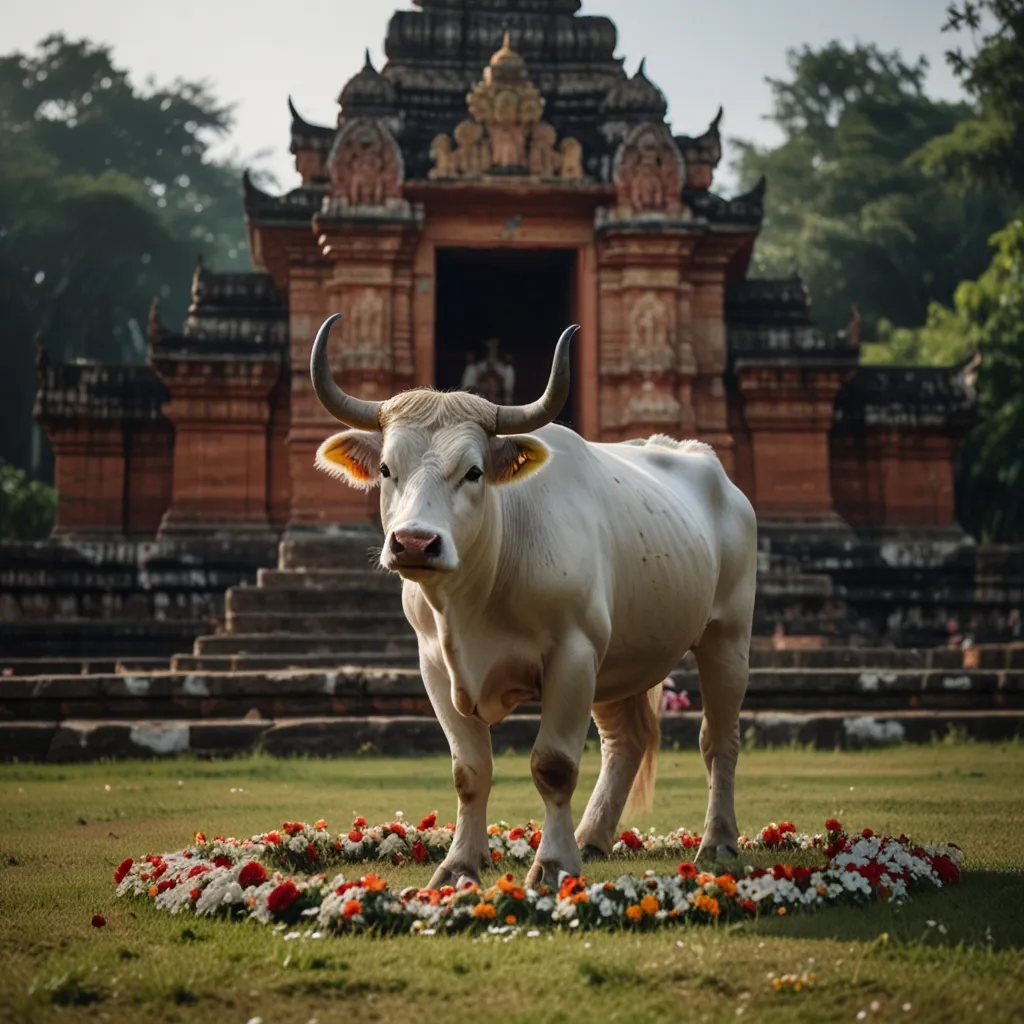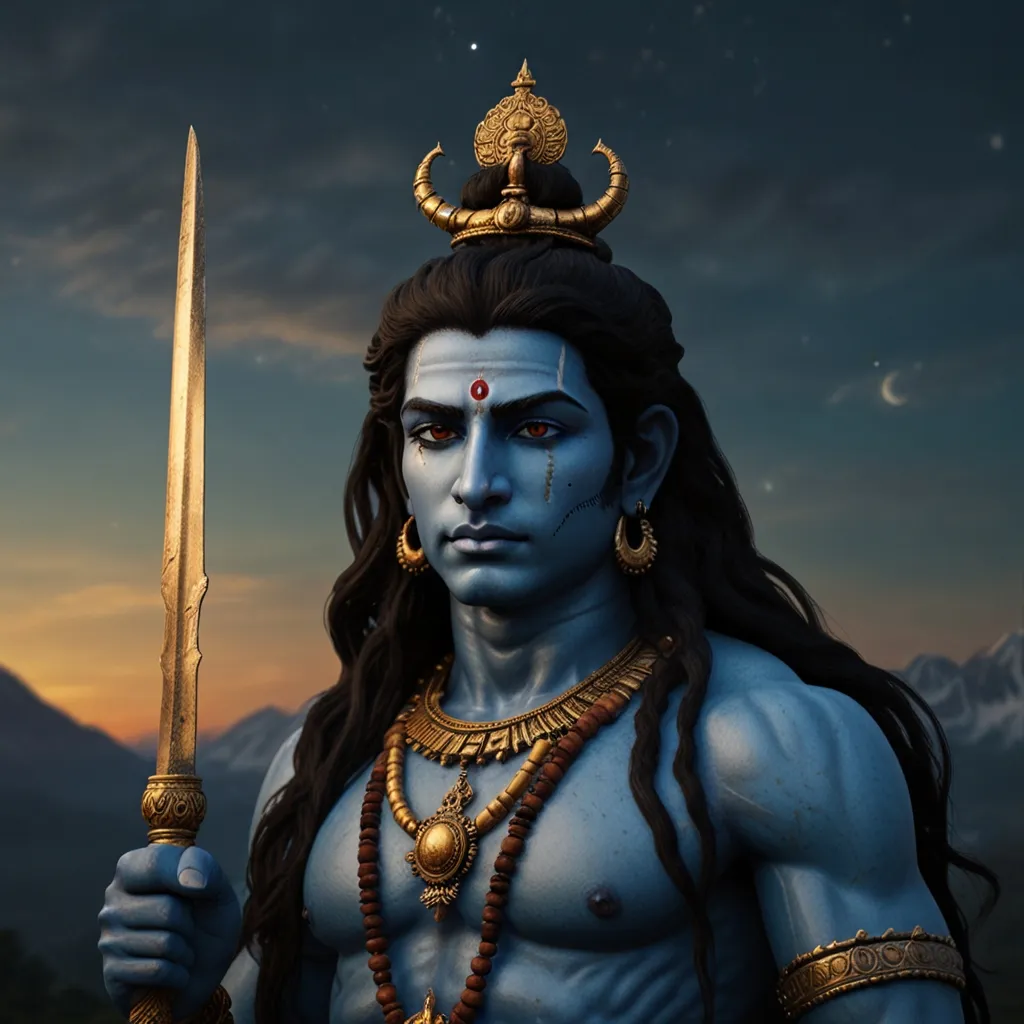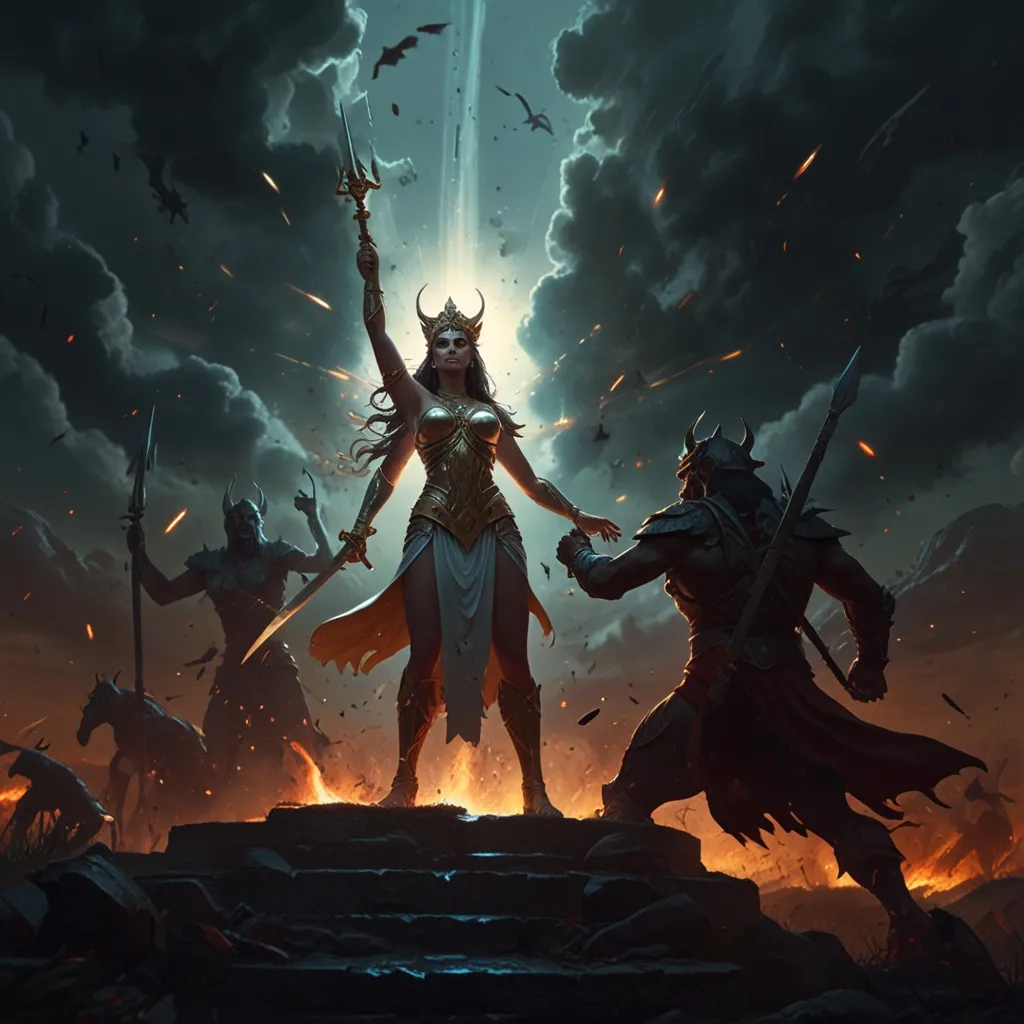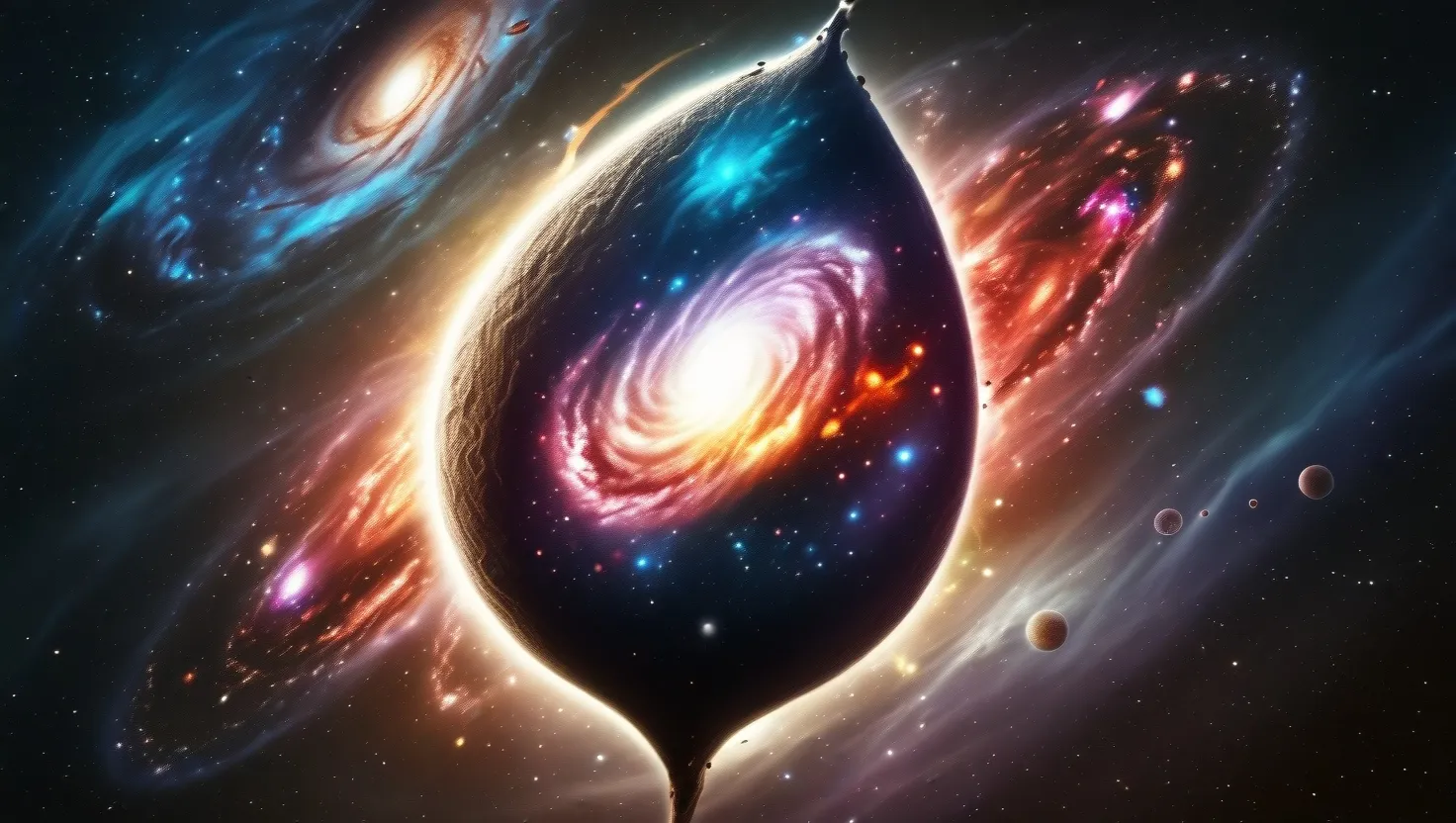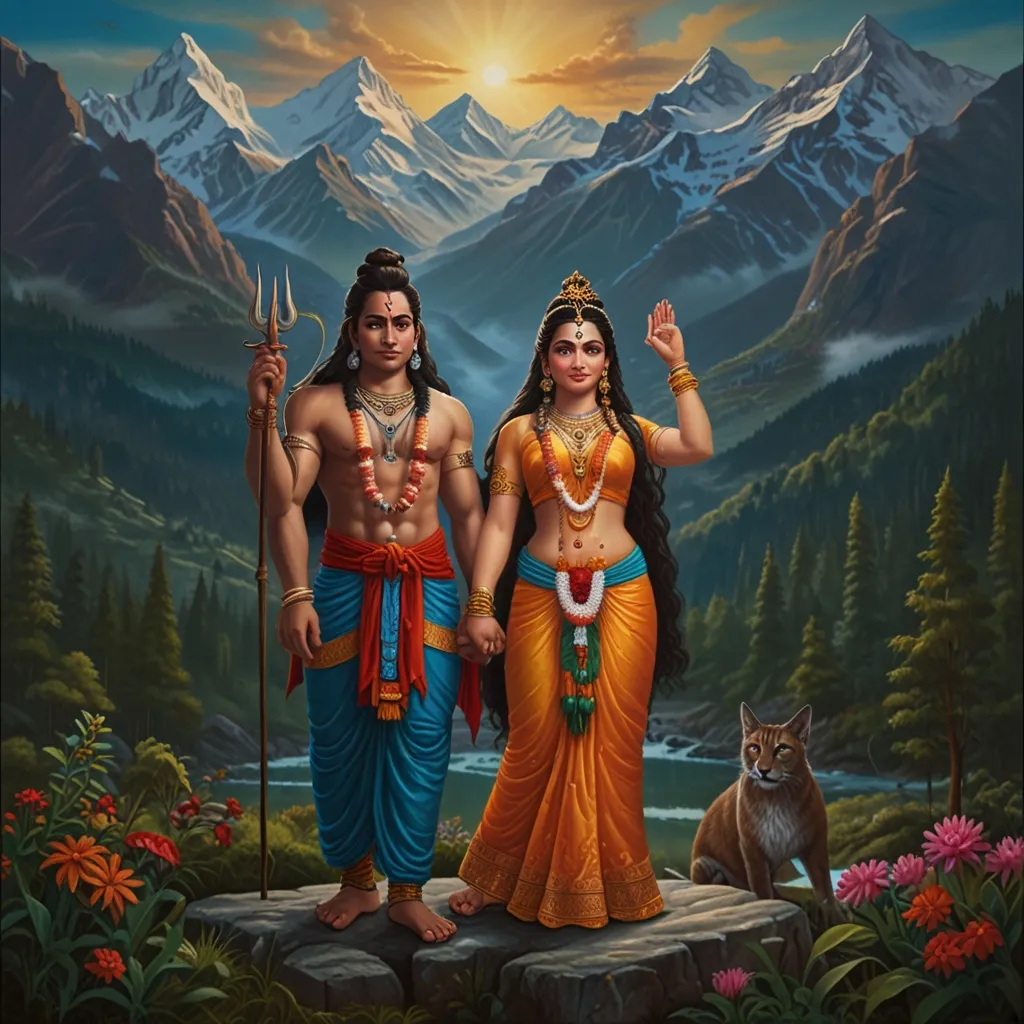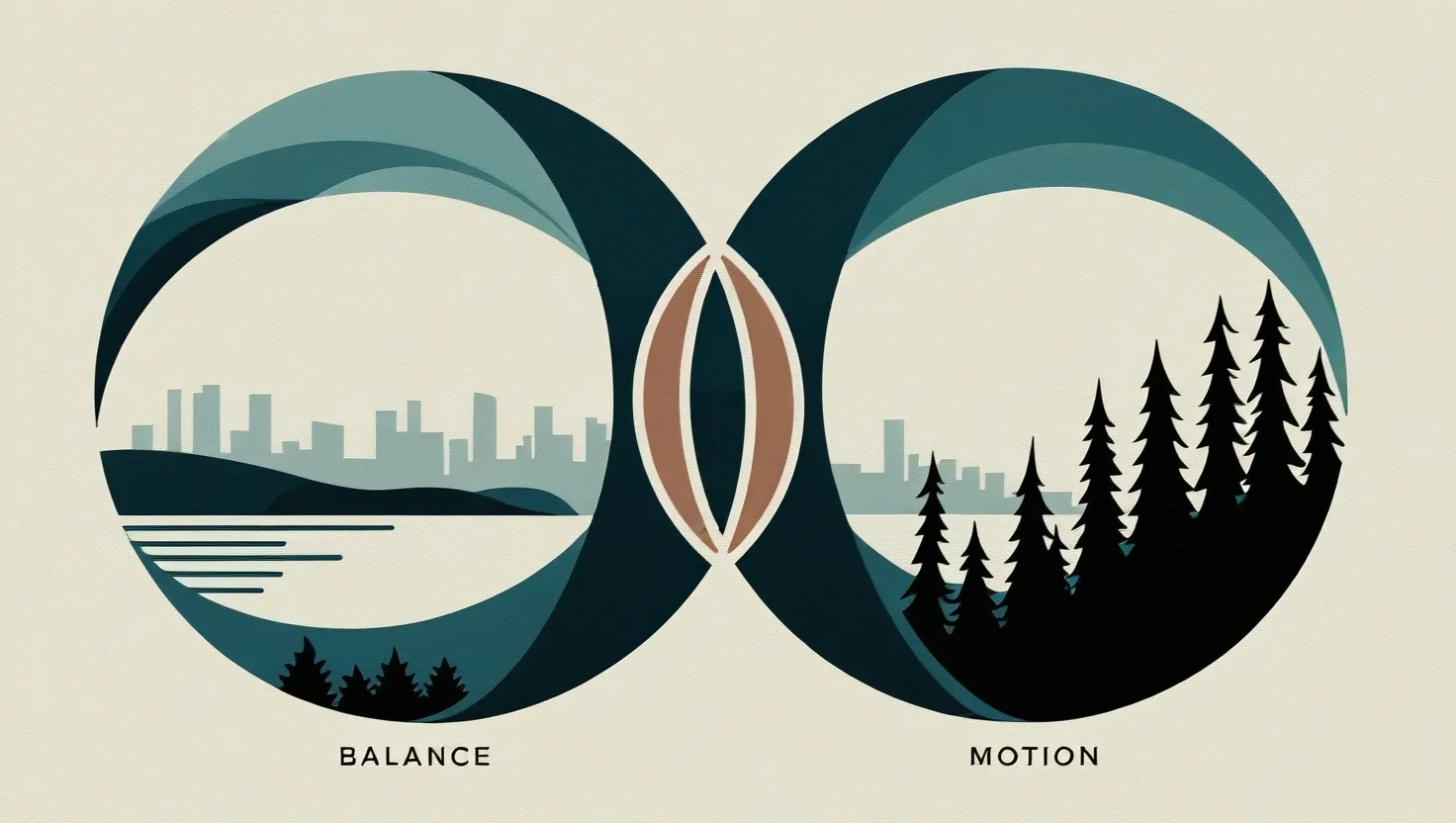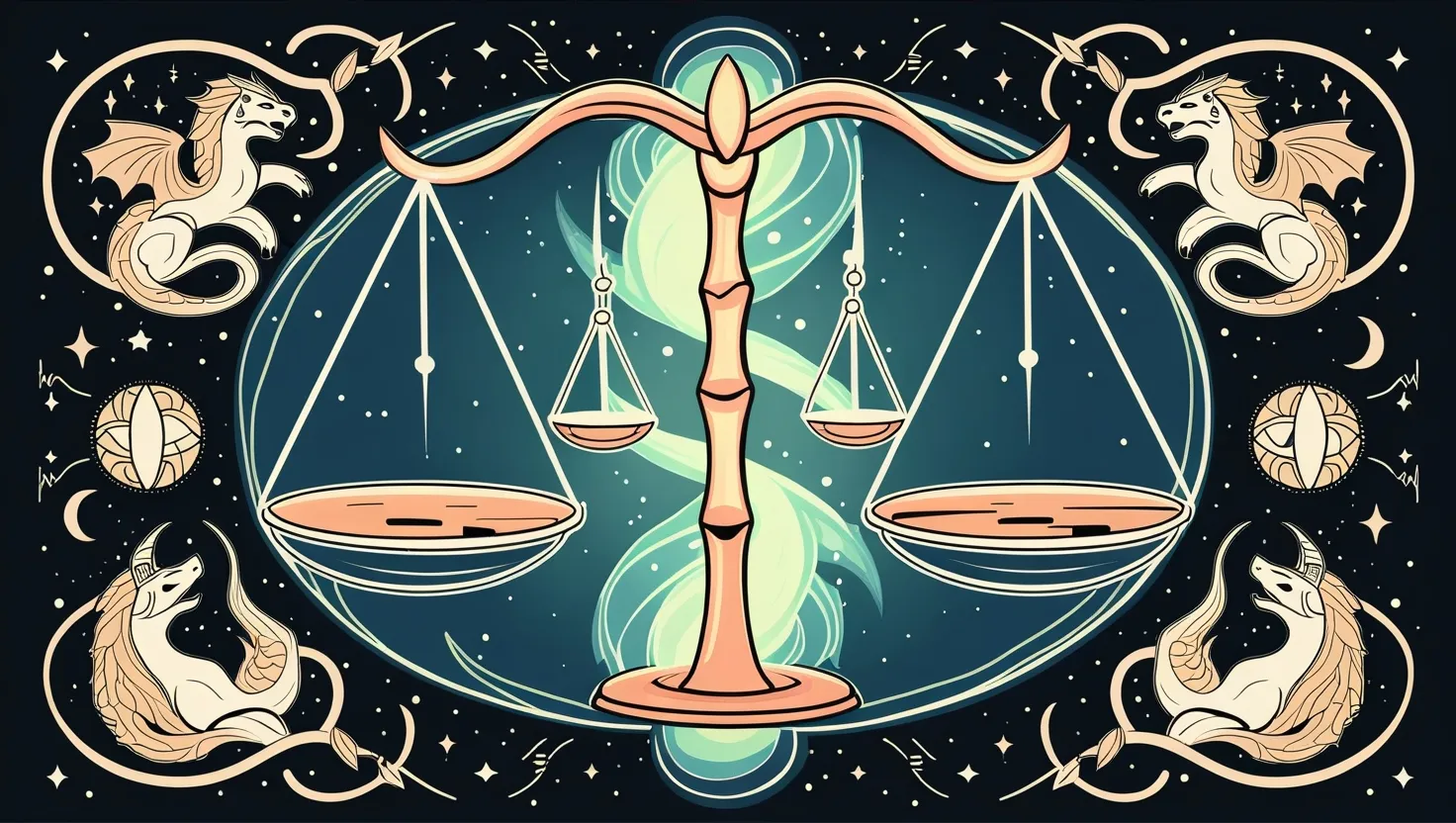In the midst of Hindu mythology lies the captivating tale of Nandi, a sacred bull with a significant role. Nandi isn’t just any ordinary bull; he’s Shiva, the powerful god’s devoted companion and steed. This story is deeply imbued with India’s rich cultural and religious traditions, where animals often hold profound symbolic meanings.
Nandi translates to “giving delight” or “giving joy.” He’s a Brahman bull, distinct with his hump, horns, and a loose skin fold hanging from the neck. This majestic creature is a common presence in the sculptures and carvings of temples dedicated to Shiva. Craftsmanship from the Tamil Nadu Province in southern India, especially from the Chola Empire era, showcases Nandi splendidly. The Chola period is notable for its grand stone temples and artistic patronage.
The Chola Empire ruled over vast regions including south India, Sri Lanka, and parts of Indonesia. This was an era where poetry, drama, music, and dance thrived. It left behind a legacy of magnificent temple carvings and sculptures. In these temples, Nandi, a symbol of purity and justice, frequently faces the Shiva linga, representing the infinite supreme absolute.
Nandi’s deep connection with Shiva is entrenched in Hindu scriptures and ancient Indian traditions. In times when dairy farming was vital, cows and bulls were sacred. As Shiva’s mount, Nandi embodies the deity’s energy and character. His white color signifies purity and justice, believed to foster fertility. In many temples, devotees touch Nandi’s genitalia for blessings, emphasizing his crucial role in ensuring fertility and prosperity.
Nandi’s birth story is enthralling. According to the Shiva Purana, he was born to a sage named Shilada. Shilada, yearning for a child, meditated on Indra, the king of gods, asking for an immortal, womb-free son. Indra couldn’t grant this wish and suggested seeking Shiva’s help. Shilada, determined, undertook a penance lasting over a millennium, leading to being covered in an ant hill. Shiva eventually appeared, granted his wish, and declared he would be Shilada’s son, naming him Nandi.
Nandi, as an extension of Shiva, was poised for greatness. His life, however, wasn’t free of challenges. At seven, two sages, Mitra and Varuna, visited Shilada and prophesied Nandi’s death within a year. A heartbroken Shilada found solace in Nandi, who vowed to avert his fate through penance. Nandi then delved into rigorous tapas in a forest, focusing on Shiva.
Shiva, pleased with Nandi’s devotion, appeared and alleviated his fears. He promised Nandi eternal companionship, free from birth, death, or old age, appointing him as the leader of his ganas, Shiva’s followers. This tale from the Shiva Purana underscores devotion, penance, and the ultimate union with the divine.
Nandi’s role extends beyond his association with Shiva. He symbolizes the jivatma, the individual self, part of the supreme divine but often clouded by ego. This symbolism is seen in temples where Nandi faces the Shiva linga, representing the infinite.
In many Shiva temples, Nandi is depicted as a youthful bull, adorned with flowers and necklaces, symbolizing his eternal youth and devotion to Shiva. His sculptures are frequently decorated with fresh flowers and offerings, reflecting continuous worship and reverence.
Nandi’s significance also ties into the concept of vahanas, deities’ mounts in Hindu mythology. Each vahana symbolizes or complements its deity’s character. Nandi represents Shiva’s purity and justice, depicting a symbolism deeply rooted in cultural practices where animals play pivotal roles.
Ultimately, Nandi’s story is a testament to the rich tapestry of Hindu mythology. It emphasizes themes of devotion, penance, and divine union. As Shiva’s sacred bull, Nandi embodies purity, justice, and fertility, highlighting these virtues’ importance in Hindu culture. Whether in sculptures, carvings, or stories, Nandi remains central to Hindu mythology, symbolizing the timeless bond between the individual self and the supreme divine.
